Home>Gardening & Outdoor>Landscaping Ideas>What Kind Of Grass Seed To Use For Overseeding
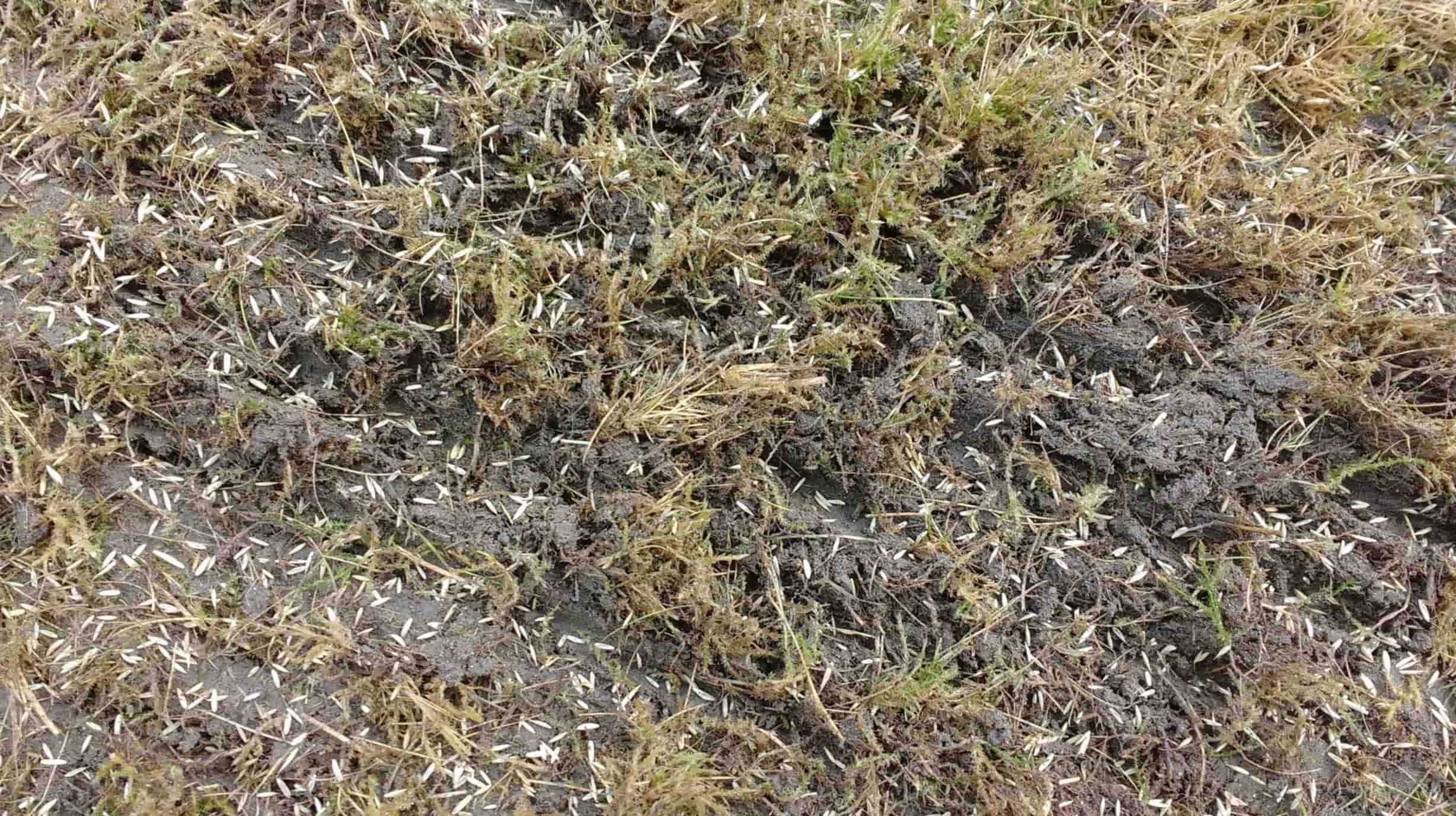

Landscaping Ideas
What Kind Of Grass Seed To Use For Overseeding
Modified: March 21, 2024
Looking for the best grass seed for overseeding? Get expert landscaping ideas and tips for choosing the right grass seed for your lawn.
(Many of the links in this article redirect to a specific reviewed product. Your purchase of these products through affiliate links helps to generate commission for Storables.com, at no extra cost. Learn more)
Introduction
When it comes to maintaining a lush, vibrant lawn, overseeding is a crucial practice that can breathe new life into tired, patchy grass. Whether your lawn is showing signs of wear due to foot traffic, pests, or environmental stressors, overseeding offers a cost-effective and sustainable solution to rejuvenate its appearance.
By strategically introducing new grass seed to existing turf, homeowners can effectively fill in bare spots, improve overall density, and enhance the lawn's resilience. However, achieving successful overseeding requires careful consideration of various factors, including the climate, soil conditions, and the specific type of grass seed best suited for the task.
In this comprehensive guide, we will delve into the art of overseeding and explore the key considerations for selecting the most suitable grass seed. By understanding the nuances of overseeding and the diverse options available, you can equip yourself with the knowledge needed to transform your lawn into a verdant oasis. Whether you're a seasoned gardener or a novice enthusiast, this guide will empower you to make informed decisions and achieve a thriving, picturesque lawn through the practice of overseeding.
Key Takeaways:
- Choosing the right grass seed for overseeding is crucial. Consider your climate, soil type, sunlight exposure, and maintenance preferences to ensure successful growth and a lush, resilient lawn.
- Implementing best practices, such as soil preparation, strategic timing, and attentive maintenance, can maximize the success of overseeding. By following these guidelines, you can achieve a vibrant and visually appealing lawn.
Read more: How Much Seed To Use When Overseeding
Understanding Overseeding
Overseeding is a fundamental lawn care practice that involves sowing grass seed into existing turf to promote new growth and enhance the overall health and appearance of the lawn. This technique is particularly beneficial for addressing common issues such as thinning grass, bare patches, and areas damaged by environmental stressors or heavy use.
By introducing new grass seed to the existing lawn, homeowners can effectively fill in sparse areas, boost the density of the turf, and improve its ability to withstand various stressors. Overseeding also facilitates the introduction of newer, more resilient grass varieties, thereby enhancing the lawn’s overall resilience and longevity.
One of the primary benefits of overseeding is its ability to revitalize aging lawns without the need for extensive and costly renovations. It offers a proactive approach to lawn maintenance, allowing homeowners to address emerging issues and prevent further deterioration. Additionally, overseeding can contribute to a more uniform and visually appealing lawn, creating a lush, green carpet that enhances the overall aesthetic of the outdoor space.
Furthermore, overseeding plays a crucial role in promoting biodiversity within the lawn, as it enables the introduction of diverse grass species that can thrive under varying environmental conditions. This diversity not only enhances the visual appeal of the lawn but also contributes to its overall resilience and ability to adapt to changing environmental factors.
By understanding the significance of overseeding and its transformative impact on the health and appearance of the lawn, homeowners can harness the power of this simple yet effective practice to achieve a vibrant, robust, and enduring turf that serves as a testament to their commitment to sustainable lawn care.
Factors to Consider When Choosing Grass Seed
When embarking on an overseeding project, selecting the right grass seed is a critical decision that can significantly influence the success and long-term vitality of your lawn. Several key factors should be taken into account to ensure that the chosen grass seed is well-suited to the specific needs and conditions of your lawn.
- Climate: The climate of your region plays a pivotal role in determining the most suitable grass seed for overseeding. Consider the average temperatures, precipitation levels, and seasonal variations in your area to select a grass variety that thrives in your specific climate.
- Soil Type: Assess the composition and characteristics of your soil, including its drainage capabilities, pH levels, and nutrient content. Different grass species have varying soil requirements, so choosing a seed that aligns with your soil type is essential for optimal growth and establishment.
- Sunlight Exposure: Evaluate the amount of sunlight that different areas of your lawn receive throughout the day. Some grass varieties are well-suited to full sun, while others thrive in shaded conditions. Matching the grass seed to the sunlight exposure of each area ensures successful establishment and sustained growth.
- Usage and Traffic: Consider the level of foot traffic and usage the lawn typically experiences. For areas prone to heavy use, such as play areas or pathways, select grass seed varieties known for their durability and resilience to withstand frequent activity.
- Disease Resistance: Research the disease resistance profiles of different grass seed varieties. Opting for cultivars with natural resistance to prevalent lawn diseases can help minimize the risk of infections and ensure the long-term health of the turf.
- Maintenance Requirements: Assess your willingness and capacity to maintain the lawn. Some grass species have higher maintenance demands, while others are more low-maintenance and require minimal intervention. Choosing a grass seed that aligns with your maintenance preferences can simplify ongoing care.
By carefully considering these factors and conducting thorough research on the available grass seed varieties, homeowners can make informed decisions that lead to successful overseeding outcomes. Selecting the right grass seed sets the foundation for a thriving, resilient lawn that enhances the beauty and functionality of outdoor living spaces.
When overseeding your lawn, choose a grass seed that matches the existing grass type for a seamless blend. Look for a high-quality seed mix that is suitable for your climate and soil conditions.
Types of Grass Seed for Overseeding
Choosing the most suitable grass seed for overseeding involves considering the specific characteristics and requirements of different grass species. The diverse range of grass seed types available in the market offers homeowners the flexibility to select varieties that align with their unique environmental conditions, aesthetic preferences, and maintenance capabilities.
Common types of grass seed for overseeding include:
- Fescue: Fescue grasses, including tall fescue and fine fescue, are popular choices for overseeding due to their adaptability to various climates and soil types. They exhibit excellent drought tolerance and shade tolerance, making them well-suited for lawns with diverse environmental conditions.
- Bluegrass: Kentucky bluegrass is known for its lush, dense growth and rich green color, making it a sought-after option for overseeding. It thrives in cool, temperate climates and exhibits exceptional wear tolerance, making it suitable for lawns subject to moderate foot traffic.
- Ryegrass: Perennial ryegrass is valued for its rapid germination and establishment, making it an ideal choice for quickly rejuvenating bare or thinning areas. It boasts a fine texture and vibrant green hue, contributing to the visual appeal of overseeded lawns.
- Bermudagrass: Bermudagrass is well-suited for overseeding warm-season lawns, as it maintains its vibrant green color throughout the year. It offers excellent heat tolerance and rapid growth, making it a popular choice for revitalizing lawns in regions with hot summers.
- Zoysia: Zoysia grass exhibits exceptional heat and drought tolerance, making it an ideal choice for overseeding lawns in arid or transitional climate zones. It forms a dense, resilient turf that can withstand heavy use and maintain its attractive appearance with minimal maintenance.
Each type of grass seed offers distinct advantages and considerations, and selecting the most suitable variety depends on the specific needs and environmental conditions of your lawn. By understanding the unique characteristics of different grass seed types, homeowners can make informed choices that align with their preferences and contribute to the long-term health and beauty of their lawns.
Best Practices for Overseeding
Implementing best practices for overseeding is essential to maximize the success of the process and achieve a lush, revitalized lawn. By following proven techniques and adhering to key guidelines, homeowners can ensure that the newly introduced grass seed establishes effectively and thrives alongside the existing turf, resulting in a resilient and visually appealing lawn.
Some best practices for overseeding include:
- Prepare the Soil: Prior to overseeding, prepare the soil by raking away thatch and debris to create a receptive seedbed. Aerating compacted soil can also enhance seed-to-soil contact and promote optimal germination.
- Choose the Right Time: Select the appropriate time for overseeding based on the grass species and climate. Cool-season grasses are typically overseeded in early fall, while warm-season grasses benefit from overseeding in late spring or early summer.
- Seed Distribution: Ensure even seed distribution by using a broadcast spreader or seed spreader. This helps prevent patchy growth and promotes uniform coverage across the entire lawn area.
- Watering and Fertilization: Keep the newly overseeded areas consistently moist to support germination and early growth. Additionally, consider applying a starter fertilizer to provide essential nutrients for the developing seedlings.
- Monitor and Maintain: Regularly monitor the overseeded areas for signs of growth and adjust watering practices as needed. Avoid mowing the newly seeded areas until the grass reaches a height that allows for safe mowing without damaging the delicate seedlings.
- Minimize Foot Traffic: Minimize foot traffic on the overseeded areas to prevent soil compaction and disturbance of the emerging seedlings. Consider marking these areas to alert household members and visitors to exercise caution.
By adhering to these best practices and incorporating them into the overseeding process, homeowners can optimize the likelihood of successful establishment and long-term growth of the newly introduced grass seed. This approach sets the stage for a flourishing lawn that enhances the outdoor environment and provides a welcoming, lush backdrop for recreational activities and relaxation.
Read more: What Is Overseeding Grass Seed
Conclusion
Overseeding serves as a transformative practice that rejuvenates and fortifies lawns, breathing new life into tired, patchy grass and revitalizing outdoor spaces. By understanding the nuances of overseeding and the diverse options available, homeowners can embark on a journey to cultivate a resilient, vibrant, and visually captivating lawn that enhances the beauty and functionality of their outdoor environment.
When considering overseeding, it is essential to carefully evaluate the specific needs and conditions of your lawn, including climate, soil type, sunlight exposure, and maintenance preferences. By factoring in these considerations, you can make informed decisions when selecting the most suitable grass seed for your overseeding project, setting the stage for successful establishment and sustained growth.
Furthermore, implementing best practices for overseeding, such as thorough soil preparation, strategic timing, and attentive maintenance, can significantly enhance the likelihood of a successful outcome. By following these guidelines, homeowners can create an optimal environment for the newly introduced grass seed to thrive and integrate seamlessly with the existing turf, resulting in a lush, resilient, and visually appealing lawn.
Ultimately, overseeding represents a proactive and sustainable approach to lawn care, offering an opportunity to address common issues such as thinning grass, bare patches, and environmental stressors without the need for extensive renovations. By embracing the art of overseeding and leveraging the diverse range of grass seed types available, homeowners can cultivate a thriving, enduring lawn that serves as a testament to their dedication to sustainable and vibrant outdoor living spaces.
With a commitment to informed decision-making, diligent implementation of best practices, and a deep understanding of the unique characteristics of different grass seed types, homeowners can embark on an exciting journey to transform their lawns into verdant, resilient, and visually captivating landscapes that enrich their outdoor living experience for years to come.
Frequently Asked Questions about What Kind Of Grass Seed To Use For Overseeding
Was this page helpful?
At Storables.com, we guarantee accurate and reliable information. Our content, validated by Expert Board Contributors, is crafted following stringent Editorial Policies. We're committed to providing you with well-researched, expert-backed insights for all your informational needs.



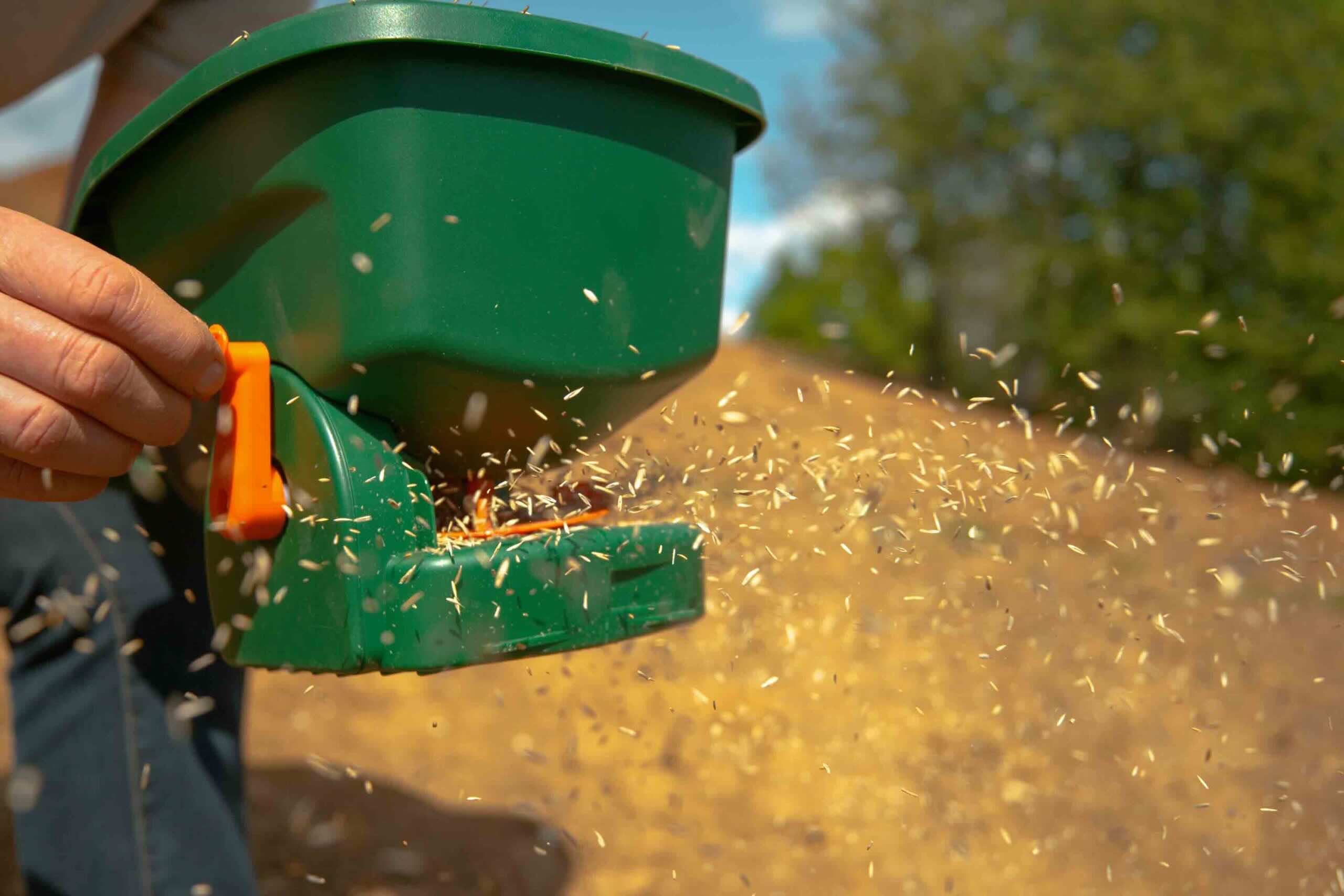

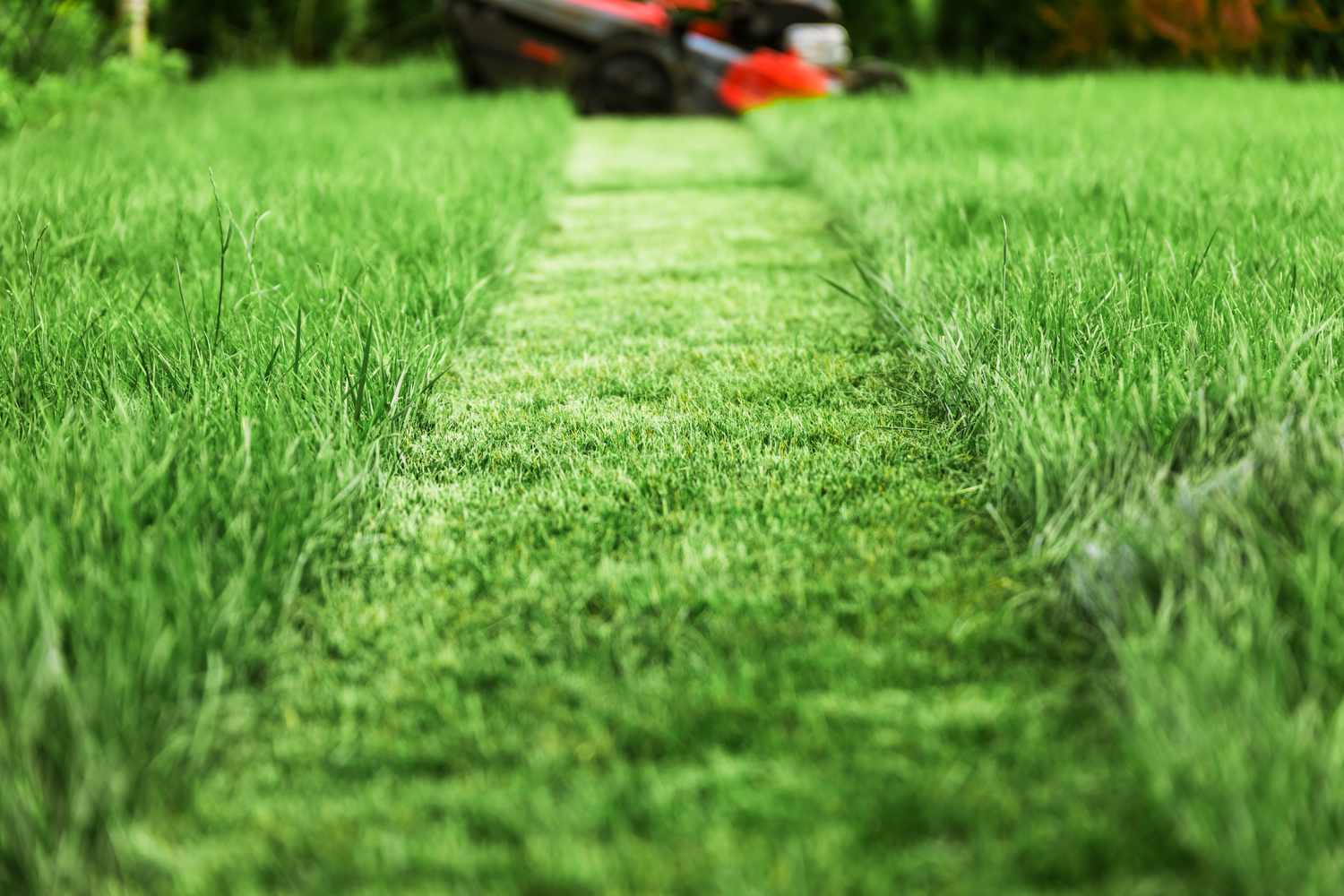


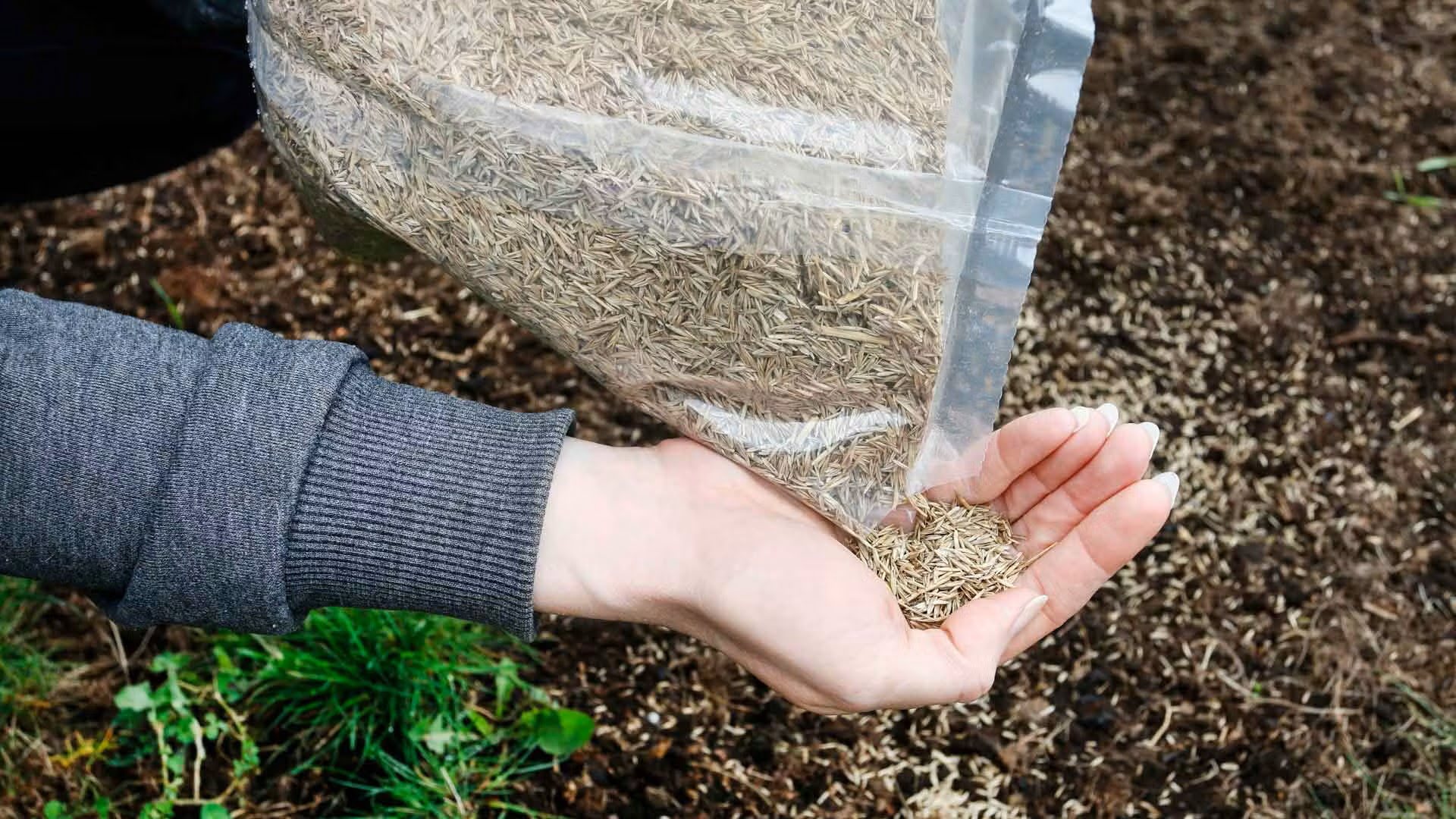
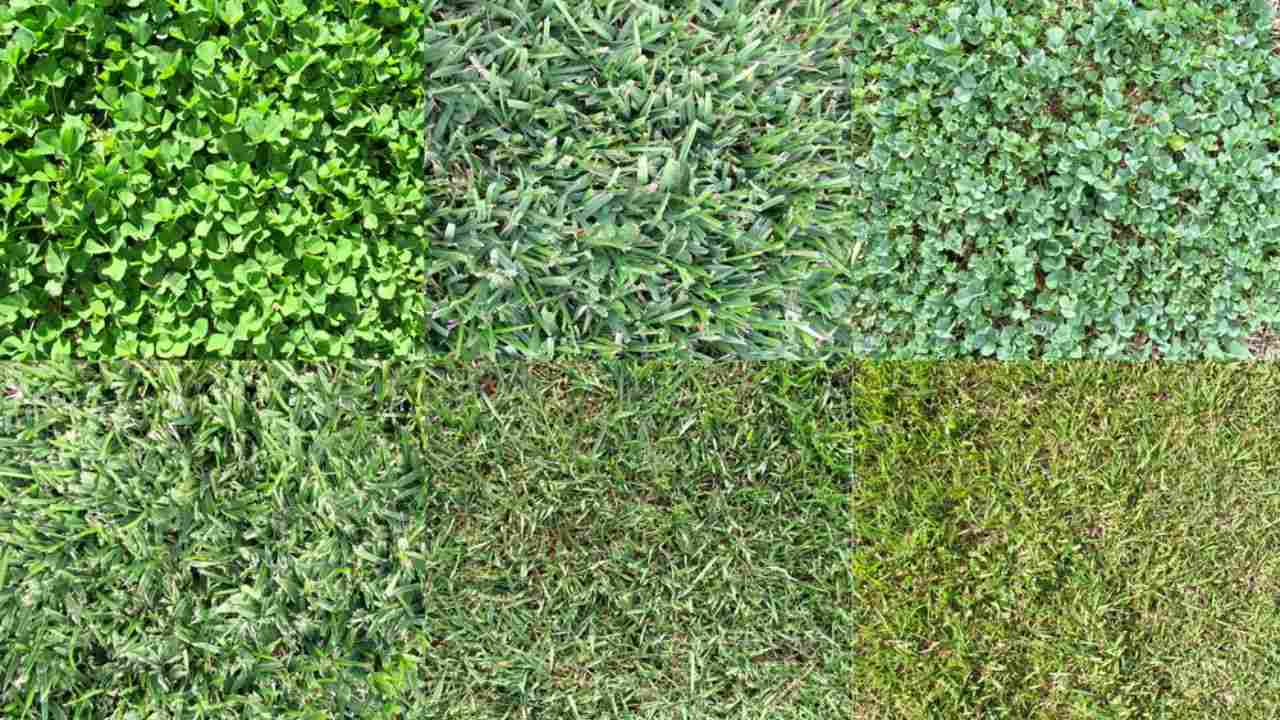
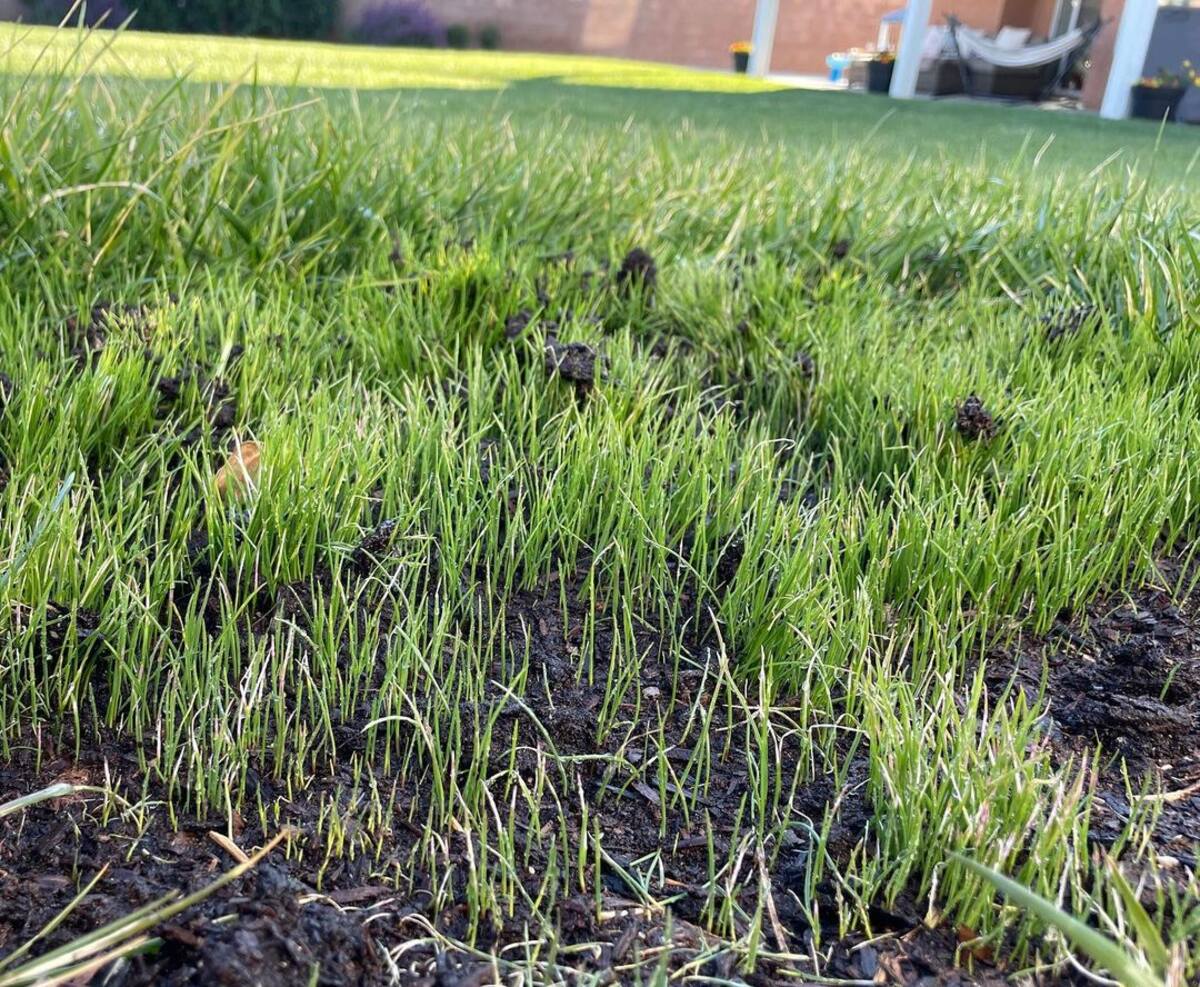
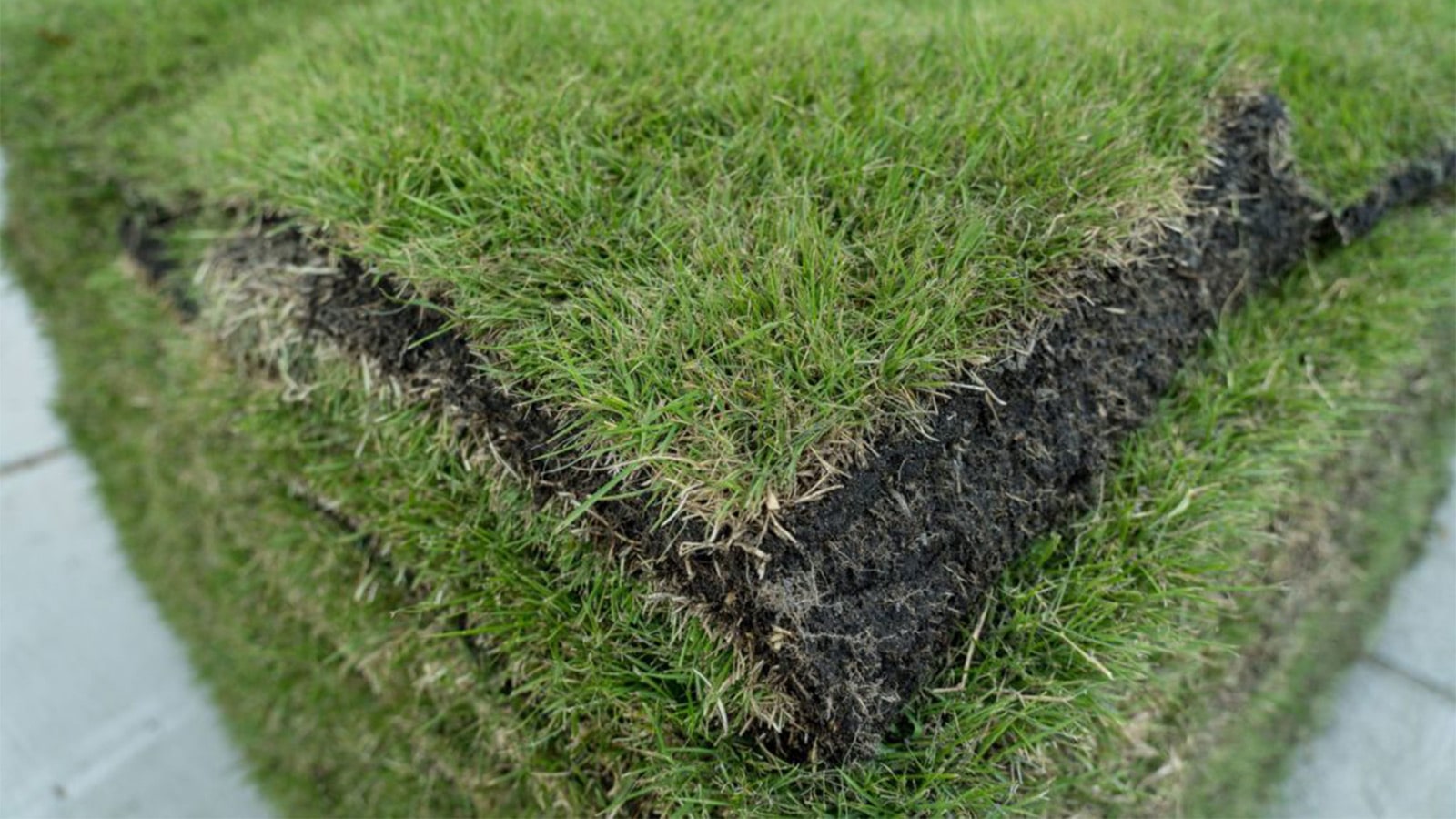
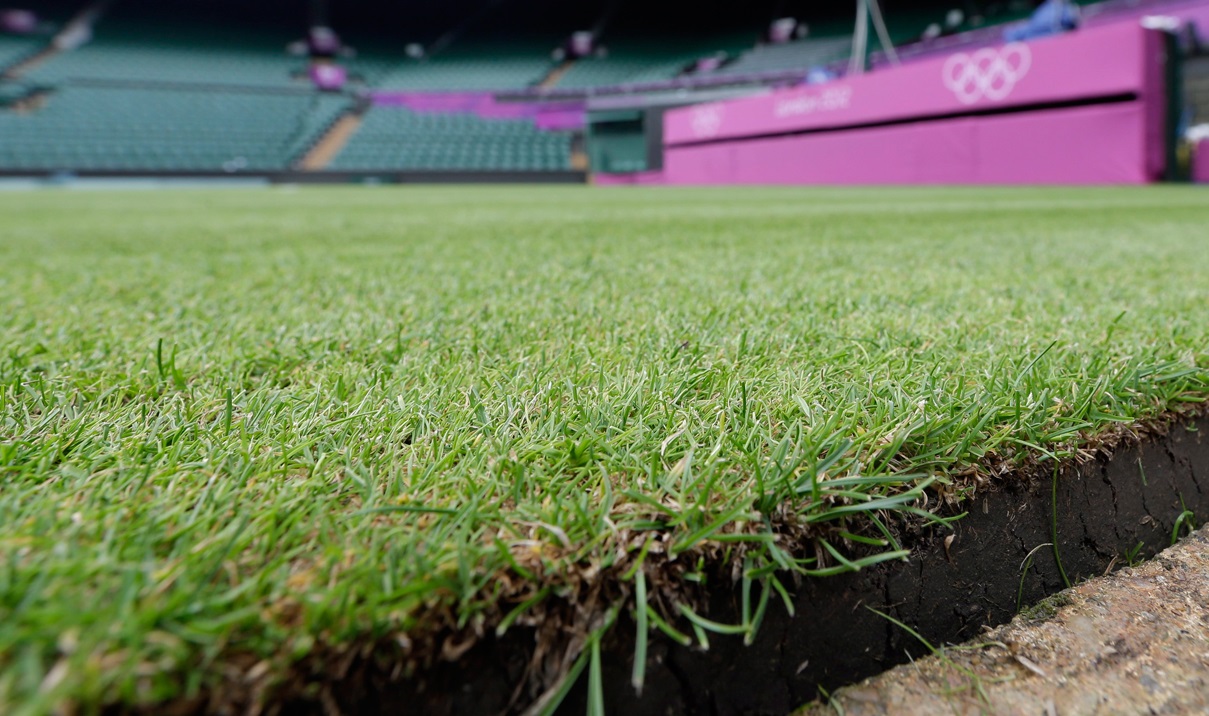
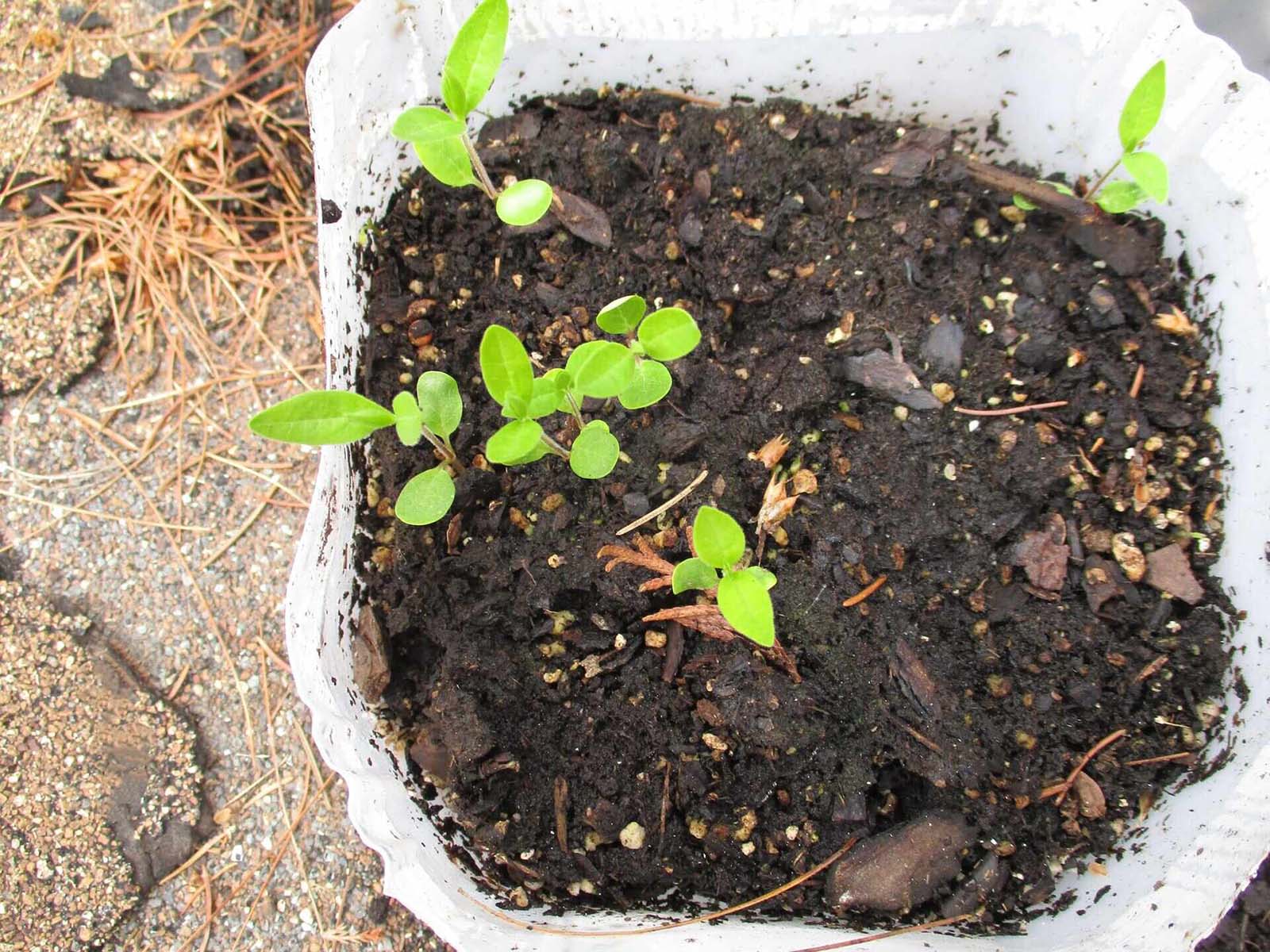

0 thoughts on “What Kind Of Grass Seed To Use For Overseeding”